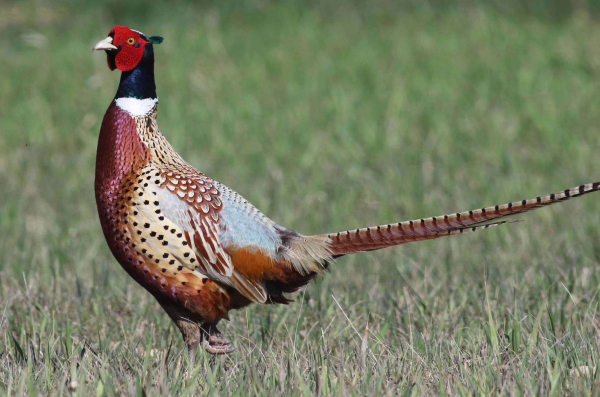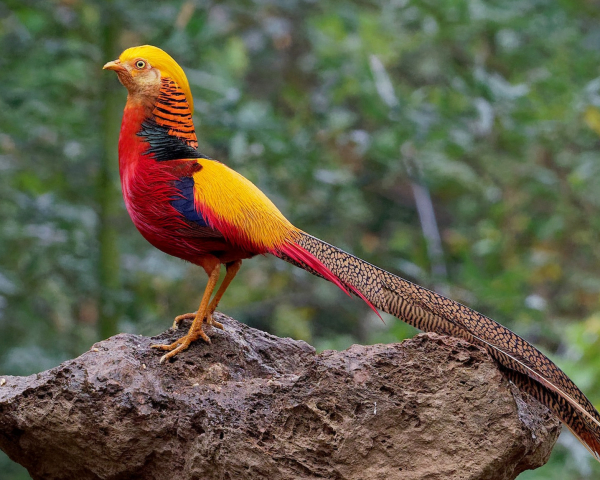
If you’re interested in members of the pheasant family, for example, you can study the diversity of the Phasianidae, in which you will find such exciting species as the Himalayan Monal (photo by Arnab Pal).

Ring-necked Pheasants are a well-known species in North America and Europe where they were introduced beyond their native eastern Asia range (photo by Paul Konrad).

The vibrant colors and interesting behavioral displays of a Golden Pheasant make it another attractive species of the Phasianidae (photo by Vincent Wang).
|
The Birds of the World website, one of the most useful and most useable sources for information about birds, just released the new Taxonomy Explorer, a major upgrade that provides regional filters and a visual family index, two of the most requested features. Thanks to a major database upgrade, these features give readers a new level of control when viewing species profiles. The Taxonomy Explorer provides both a visual and text-based navigation of all 10,721 species accounts found within the exceptional website.
The Taxonomy Explorer organizes species accounts by orders of birds and families of birds, while providing easy access to subspecies details, and allows users to filter species by geographic region, location, and even conservation status. The Taxonomy Explorer provides us with limitless options to navigate within Birds of the World, and it will be extremely helpful for birders, biologists, researchers, and teachers looking for information about birds – family by family, species by species, and even down to the subspecies.
To view the taxonomic order of all birds worldwide and explore the diversity of all the families of birds, take a look at https://birdsoftheworld.org/bow/species Also, you can take advantage of the option to filter birds by your own county, state, province, country, or territory if you wish to restrict your view to local or national species. Birds of the World is one of the most useful and useable information sources related to birds, and it is the product of the Cornell Lab of Ornithology and associated partners.